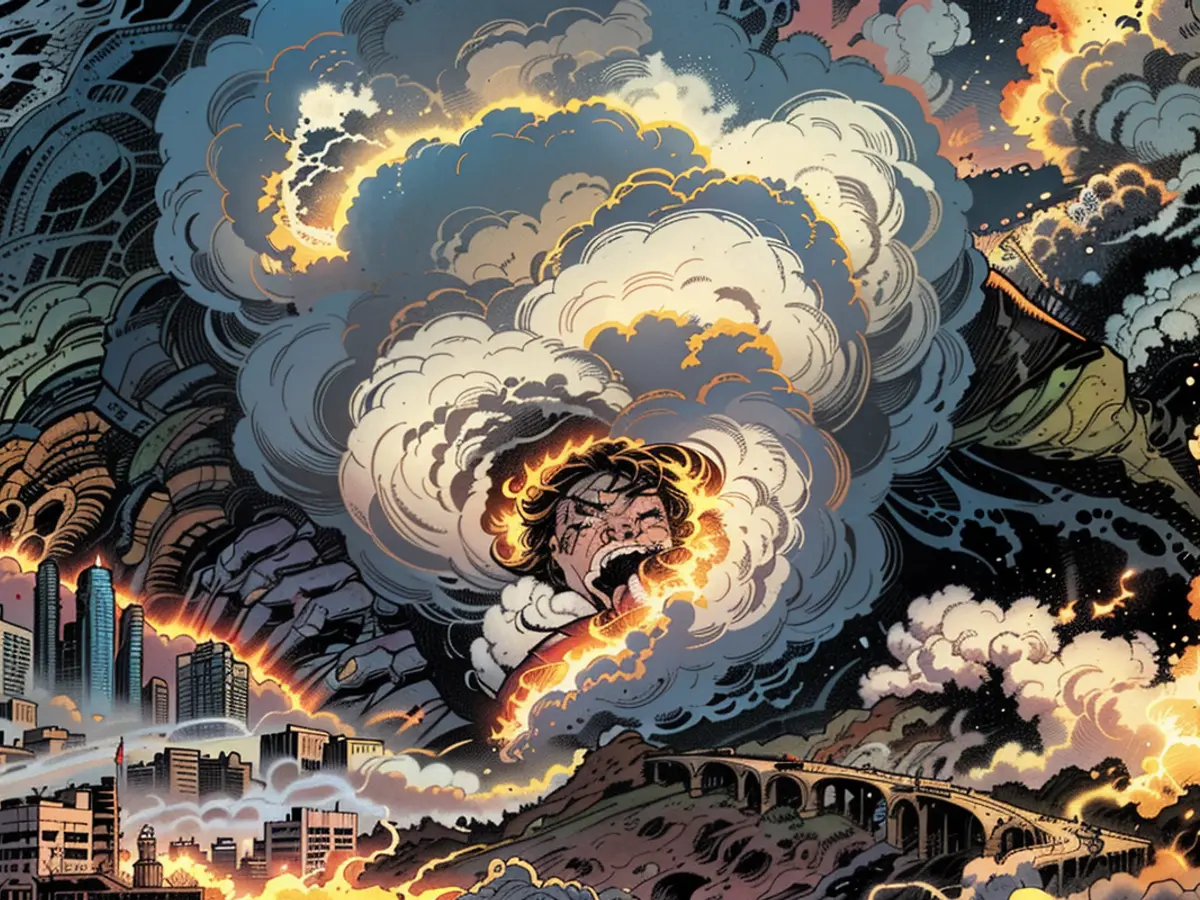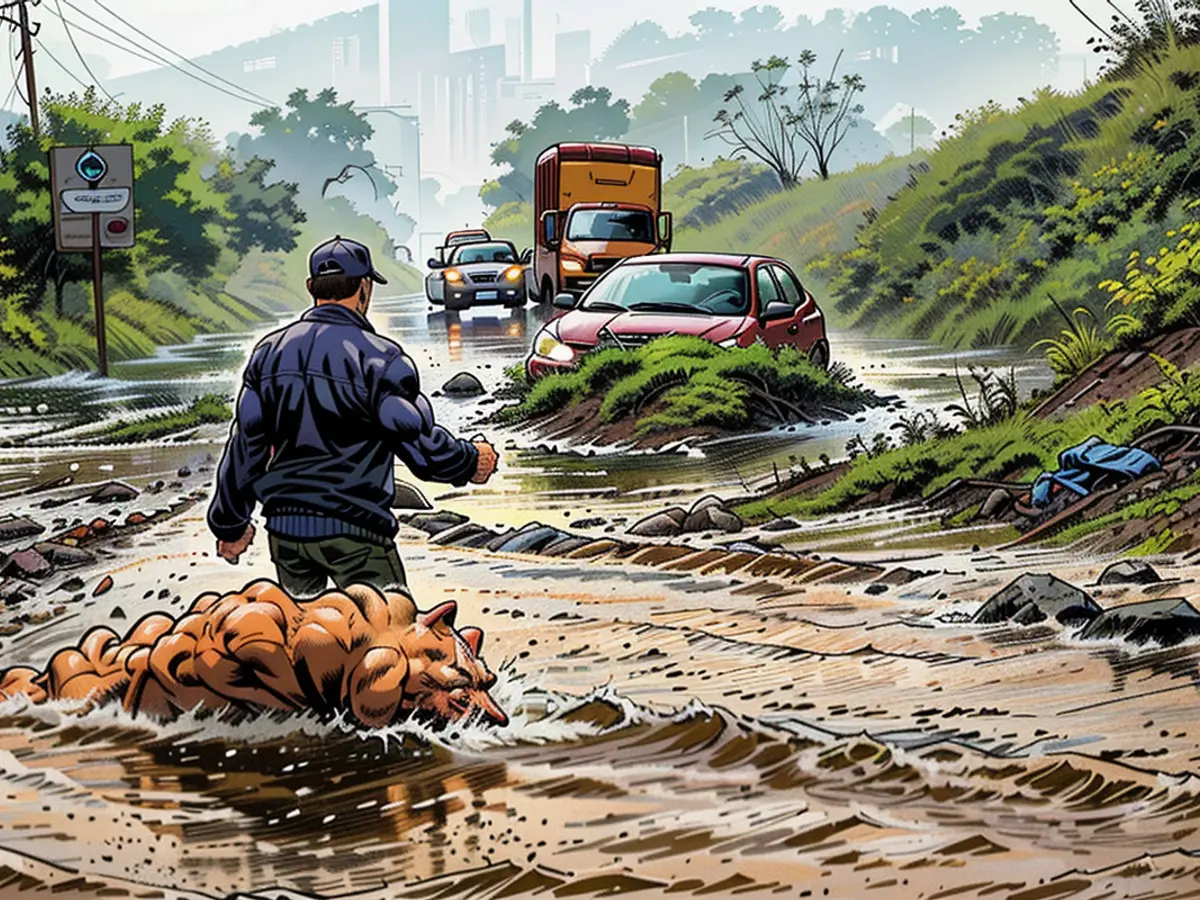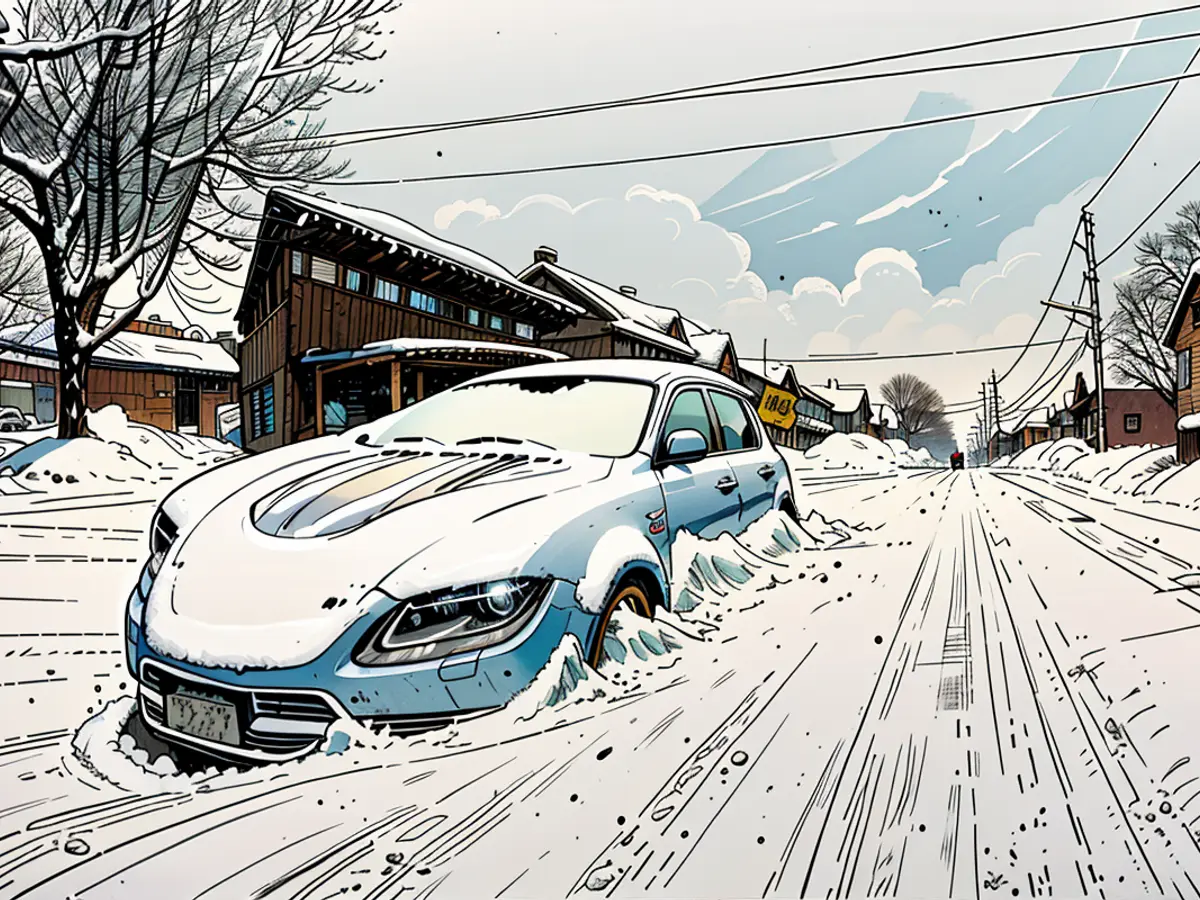A powerful wildfire in California resembled an explosion from an aerial perspective – here's the current situation.
Intense pyroclastic clouds, commonly known as "fire clouds," burst above the fiery blaze on Monday, coinciding with the moment a high-resolution weather satellite was monitoring Earth's expanse from several hundred miles up.
These pyroclastic clouds emerge over intense heat sources such as wildfires or volcano eruptions. The air above the heat source is rapidly and chaotically pushed up, causing the moisture in the air to cool and condense, forming the clouds.
However, pyroclastic clouds typically absorb substantial amounts of smoke and ash from the fires that generate them, turning them considerably darker than the usual white and fluffy clouds.
This was exactly what the Landsat-8 satellite, a collaborative data-collection project between NASA and the United States Geological Survey, observed on Monday.
Mammoth pyroclastic clouds rose over the Line Fire, ejecting vast amounts of smoke and ash high into the atmosphere. The satellite imagery presented these clouds as more akin to dirty cauliflower or used cotton balls, compared to the fluffy, white cumulus clouds situated to the east of the fire.

The pyroclastic clouds were also encircled by smoke with a light brown or tan hue on the satellite image.
Later in the day, the pyroclastic clouds of the Line Fire metamorphosed into pyroculonimbus clouds, generating lightning and rain, as reported by NASA.
Although rain resulting from such a storm may aid in firefighting efforts, powerful thunderstorm winds and further lightning strikes in drier areas carry the risk of starting new fires.
The Tuesday weather forecast predicted a mix of rain and smoke due to the transformation of pyroclastic clouds into pyroculonimbus clouds, as observed by NASA. These clouds typically absorb ash and smoke, making the weather conditions quite unfavorable.
As the Line Fire continues to generate intense heat, the pyroclastic clouds above it continue to darken, affecting the local weather significantly.









